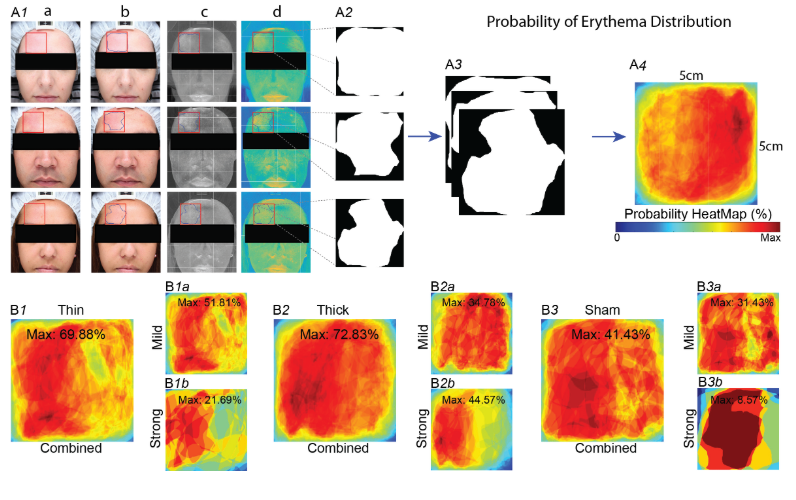Objectives: To develop the first high-resolution, multi-scale model of cervical non-invasive vagus
nerve stimulation (nVNS) and to predict vagus fiber type activation, given clinically relevant rheobase thresholds.
Methods: An MRI-derived Finite Element Method (FEM) model was developed to accurately simulate key
macroscopic (e.g., skin, soft tissue, muscle) and mesoscopic (cervical enlargement, vertebral arch
and foramen, cerebral spinal fluid [CSF], nerve sheath) tissue components to predict extracellular
potential, electric field (E-Field), and activating function along the vagus nerve. Micro- scopic
scale biophysical models of axons were developed to compare axons of varying size (Aa-, Ab- and
Ad-, B, and C-fibers). Rheobase threshold estimates were based on a step function waveform.
Results: Macro-scale accuracy was found to determine E-Field magnitudes around the vagus nerve,
while meso-scale precision determined E-field changes (activating function). Mesoscopic anatomical
details that capture vagus nerve passage through a changing tissue environment (e.g., bone to soft
tissue) profoundly enhanced predicted axon sensitivity while encapsulation in homogenous tissue
(e.g., nerve sheath) dulled axon sensitivity to nVNS.
Conclusions: These findings indicate that realistic and precise modeling at both macroscopic and
mesoscopic scales are needed for quantitative predictions of vagus nerve activation. Based on this
approach, we predict conventional cervical nVNS protocols can activate A- and B- but not C-fibers.
Our state-of-the-art implementation across scales is equally valuable for models of spinal cord
stimulation, cortex/deep brain stimulation, and other peripheral/cranial nerve models.
Full PDF: High-resolution MSCM




























